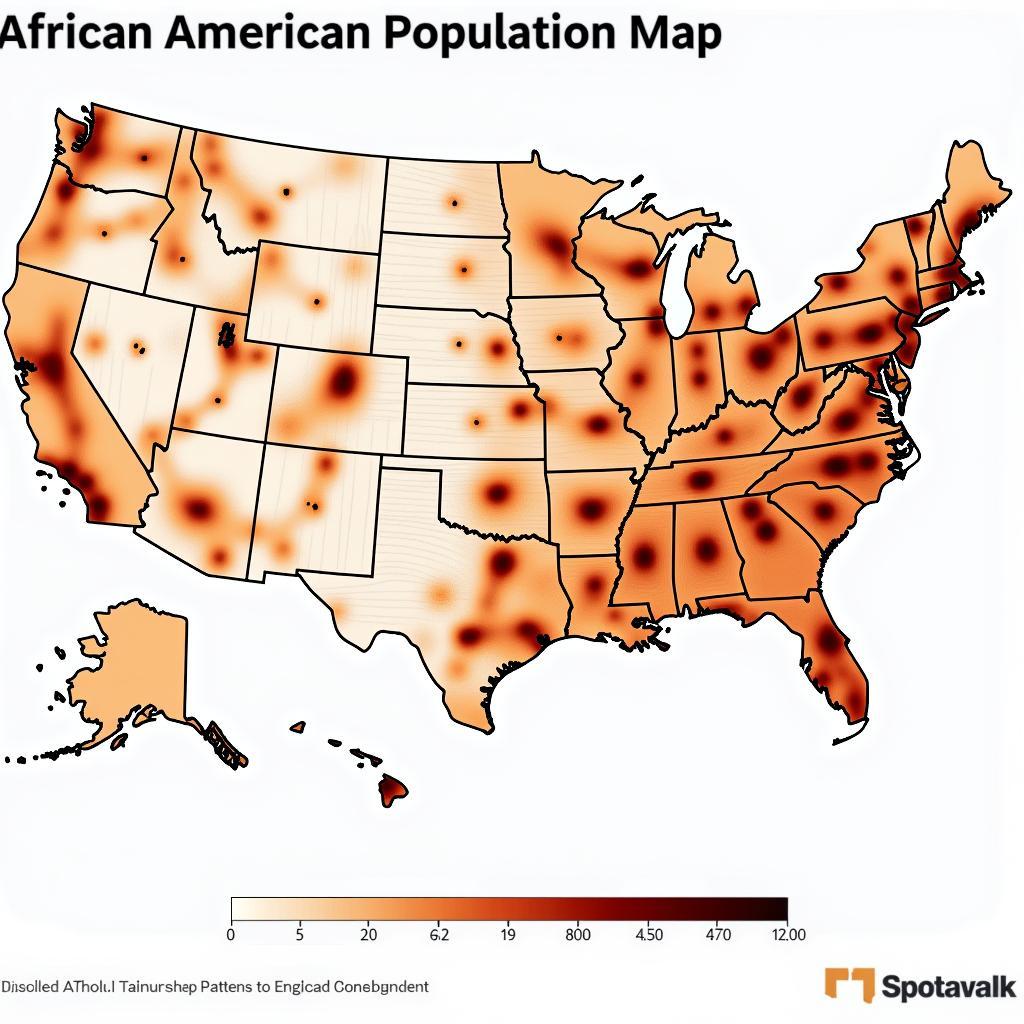The Art of African Hair Braiding: History, Styles, and Care
African Hair Braiding is more than just a hairstyle; it’s a rich cultural tradition with deep roots in African history. From intricate cornrows to elaborate Fulani braids, these styles are a testament to creativity, artistry, and heritage. This article delves into the fascinating world of African hair braiding, exploring its historical significance, diverse styles, proper care, and cultural impact.
A Journey Through Time: The History of African Hair Braiding
For centuries, African hair braiding has served as a form of communication, a symbol of social status, and an expression of identity. Dating back thousands of years, evidence of elaborate braiding patterns can be found in ancient African sculptures and hieroglyphics. Different tribes and communities developed unique braiding techniques, often reflecting their geographical location, spiritual beliefs, and social standing. Braids were not simply aesthetic; they conveyed messages about marital status, age, and even kinship. These intricate designs were passed down through generations, preserving cultural knowledge and artistic traditions.
Exploring the Diversity of African Hair Braiding Styles
From simple cornrows to complex goddess braids, the world of African hair braiding offers a stunning array of styles. Each braid tells a story, reflecting the creativity and individuality of the wearer. Some popular styles include:
- Cornrows: These tightly woven braids lie close to the scalp and can be styled in various patterns, from straight lines to geometric designs.
- Box Braids: These square-shaped braids offer a versatile and protective style, perfect for those seeking a low-maintenance yet stylish look.
- Senegalese Twists: Created by twisting two strands of hair together, these twists offer a textured and elegant appearance.
- Fulani Braids: Characterized by a distinctive braid pattern that often incorporates beads and other adornments, Fulani braids are a beautiful and culturally significant style. african hair braiding pictures offer a great overview of the diversity.
Maintaining Healthy Braids: Tips and Tricks
Proper care is essential for maintaining healthy and beautiful braids. Regular moisturizing, gentle cleansing, and protective styling are key to preventing breakage and promoting hair growth.
- Moisturize: Keep your scalp and braids moisturized with a lightweight oil or leave-in conditioner.
- Cleanse: Gently wash your braids every 1-2 weeks to remove dirt and buildup.
- Protect: Wear a satin bonnet or scarf at night to protect your braids and prevent frizz.
“Maintaining healthy braids requires consistent care and attention,” says renowned hair stylist Anika Nkosi from Johannesburg. “Regular moisturizing and gentle cleansing are crucial for preventing dryness and breakage.”
African Hair Braiding: A Cultural Touchstone
African hair braiding is more than just a hairstyle; it’s a powerful symbol of cultural pride and identity. It represents a connection to ancestral traditions, a celebration of creativity, and a form of self-expression. Today, African hair braiding continues to evolve, inspiring new styles and trends while honoring its rich heritage. You can find skilled braiders offering african hair braiding on telegraph and even specialized services like african hair braiding norwalk ct. For those interested in learning the craft, researching african hair braiding techniques is a great starting point.
Conclusion
African hair braiding is a captivating art form with a rich history and vibrant future. From its ancient origins to its modern interpretations, African hair braiding continues to inspire and empower. By understanding its history, appreciating its diversity, and practicing proper care, we can celebrate the beauty and cultural significance of this timeless tradition.
FAQ
- How long do braids typically last? Braids can last anywhere from 2 to 8 weeks, depending on the style and maintenance.
- Is braiding damaging to hair? When done correctly, braiding can be a protective style. However, tight braiding can lead to breakage.
- Can I braid my own hair? While some styles are easier to learn than others, braiding requires practice and patience.
- What are the best products for braided hair? Lightweight oils, leave-in conditioners, and moisturizing sprays are ideal for maintaining healthy braids.
- Where can I find a qualified braider? Ask for recommendations from friends or search online for reputable braiding salons. You might even find specialized braiders such as for african hair trivandrum.
For support, contact us at +255768904061, email kaka.mag@gmail.com or visit us at Mbarali DC Mawindi, Kangaga, Tanzania. Our customer service team is available 24/7.

